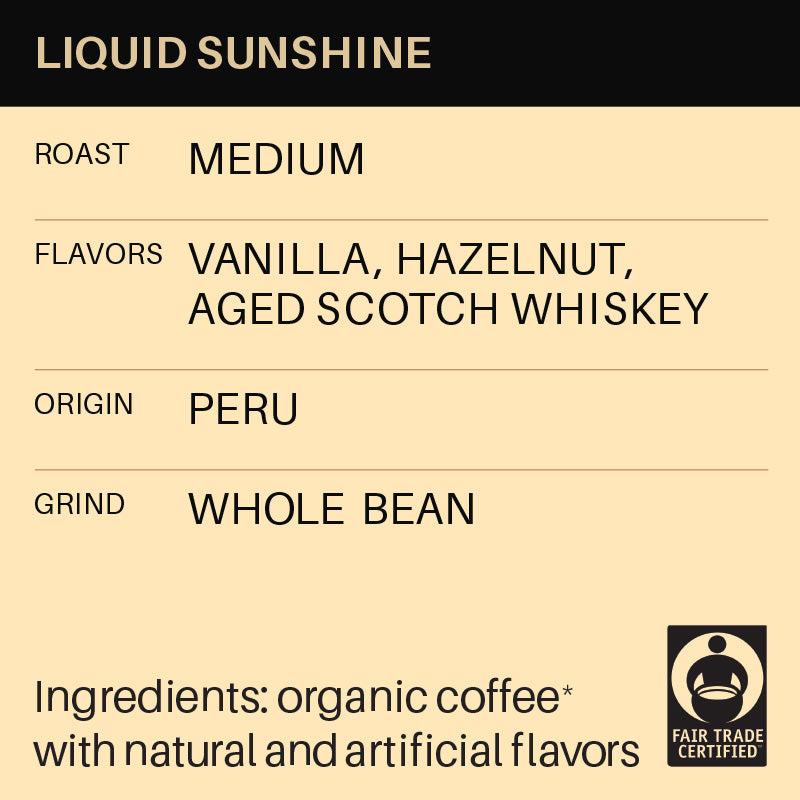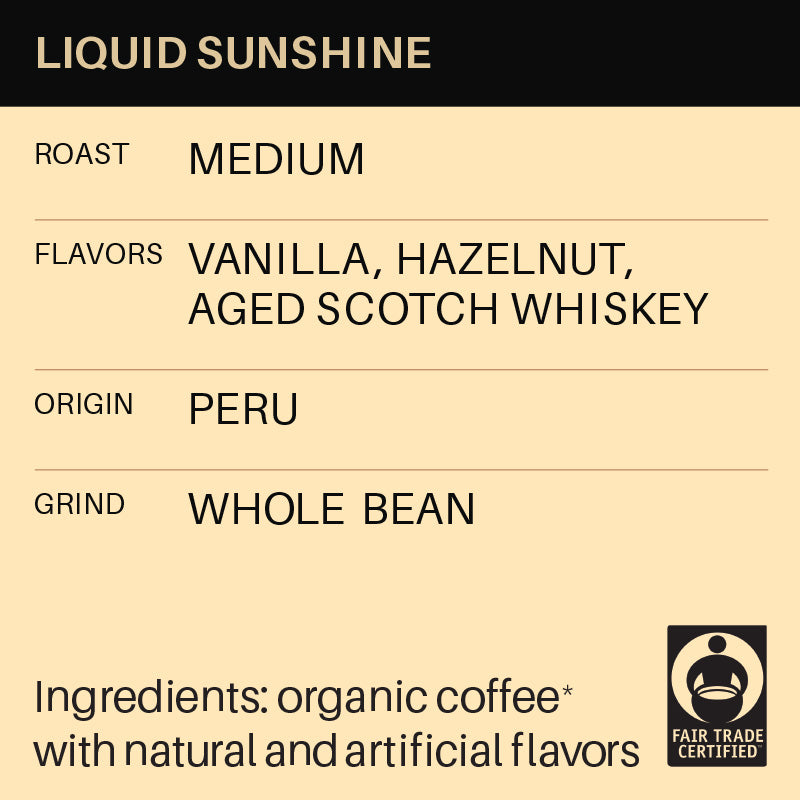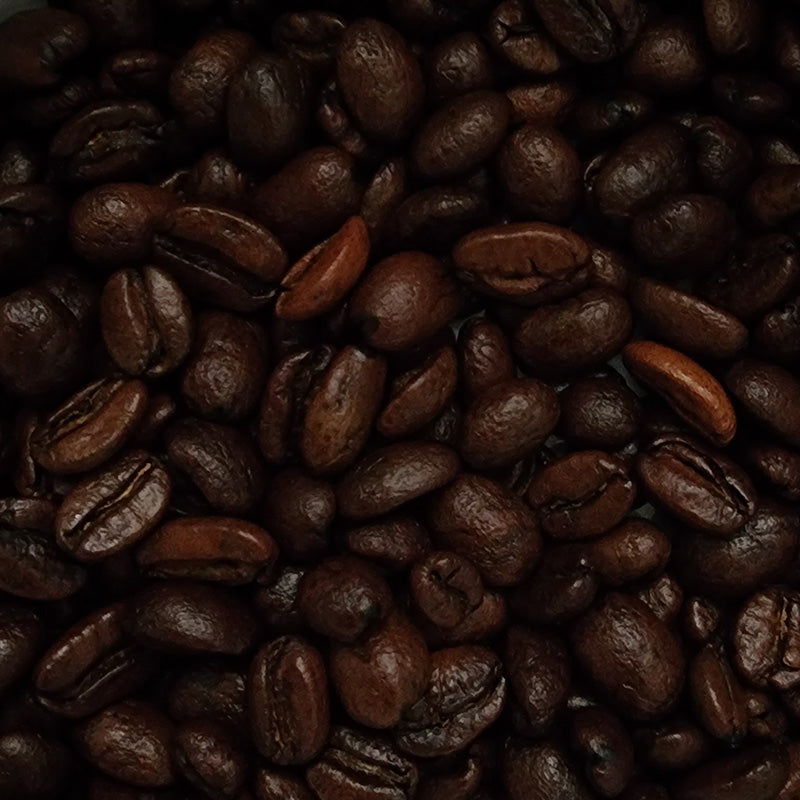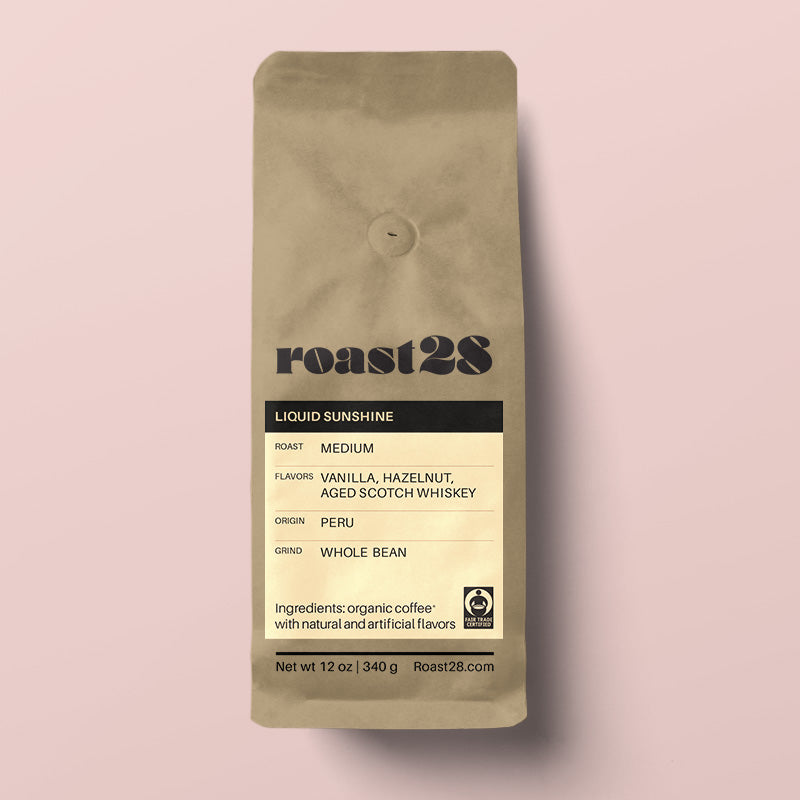Mouthfeel plays a crucial role in enhancing the overall coffee experience by providing a tactile dimension to the sensory journey. A well-balanced mouthfeel can elevate the enjoyment of coffee, creating a more satisfying and nuanced tasting experience for enthusiasts. The texture, thickness, and smoothness of the coffee on the palate contribute to its perceived quality and richness.

How mouthfeel enhances the coffee experience
Mouthfeel is a key element that significantly enhances the coffee experience by adding a tactile dimension to the overall sensory pleasure. The smoothness, creaminess, or thickness of the coffee on the palate contributes to the drink's perceived quality and depth of flavor. A delightful mouthfeel complements the taste and aroma, creating a more immersive and satisfying coffee-drinking experience for enthusiasts.

Coffee characteristics
Coffee exhibits a range of characteristics, from crispness and cleanliness to smoothness, creaminess, and juiciness. Discerning these nuances becomes a rewarding experience, especially when encountering a notably sweet and juicy coffee. What constitutes sweet? What constitutes juicy? Use our guide to help you put words to your coffee experience.

The tactile qualities of coffee
To comprehend and articulate a coffee's mouthfeel, it's essential to grasp the components that contribute to its tactile qualities. Despite black coffee being predominantly water (97%), there are other elements extracted during the brewing process that shape the mouthfeel. These solubles, encompassing fats, proteins, sugars, acids, caffeine, carbohydrates, and fibers, dissolve into the water, altering its texture and introducing distinct flavors. Additionally, undissolved solids, microscopic coffee particles, and natural oils further contribute to the intricate layers and sensations that define a coffee's unique mouthfeel.

Specialty coffee comparisons
When brewing coffee, especially Roast28 organic dark roast beans, you will taste a generally heavier body than other drinks. When describing mouthfeel, you should be comparing the body to other coffees, not other liquids. As you enter the specialty coffee world, you will learn to use body as a way to judge coffees with each other.
Light: Light-bodied coffees are commonly found, boasting fully developed and well-rounded flavors without the burden of thickness or heaviness. Their lighter body contributes to an overall ease of drinking, making them particularly approachable.
Thin: Thin, resembling light but typically carrying a negative connotation, characterizes a coffee with a lackluster mouthfeel or body. Such a brew may feel too light, leaving an impression that there should be a more substantial presence.
Medium: Medium-bodied coffees make up the majority of the world's offerings, residing comfortably in the middle ground. While their mouthfeel is present, it doesn't strongly favor one direction. Despite not being particularly thrilling in terms of mouthfeel, these coffees are far from lackluster, retaining a commendable level of flavor.
Heavy/ full: Heavy or full-bodied coffees are frequently encountered, characterized by a profound mouthfeel that imparts a sense of fullness and weightiness. Each sip carries a substantial amount of substance and an impactful presence, often accompanied by a rich and flavorful experience.
Creamy/ silky: Creamy or silky mouthfeels, whether light or heavy, often lean towards a heavier sensation. Swirling a creamy coffee in your mouth imparts a slightly saucy texture, akin to the smooth glide of milk around the tongue. Picture the fluid movement of milk, and you'll find the direction in which this mouthfeel unfolds.
Astringent: Astringency manifests as a dry sensation on the tongue, commonly induced by under-extracted coffees or those with heightened acidity. This dryness becomes noticeable, particularly in brews where the extraction process is insufficient or when the coffee exhibits a pronounced acidic quality.
Juicy: A sip of a juicy coffee instantly imparts a light and bright sensation. Juicy mouthfeel is often attributed to a high concentration of sugars and oils, similar to the experience of drinking juice. This refreshing sweetness frequently accompanies the overall profile of a juicy coffee.

Brewing effects
The choice between immersion and pour-over brewing methods significantly influences the mouthfeel of coffee. Immersion brewing, as seen in methods like the French press, tends to result in a fuller and heavier mouthfeel, extracting more oils and solids from the coffee grounds. On the other hand, pour-over brewing, characterized by a gradual extraction process, often yields a cleaner and lighter mouthfeel, highlighting the clarity of flavors with a smoother texture. The contrasting techniques offer coffee enthusiasts diverse mouthfeel experiences, allowing them to tailor their preferences based on the chosen brewing method. Use our coffee brewing tips to get the most out of your coffee.

Filter effects
The type of coffee filter used plays a subtle yet significant role in shaping the mouthfeel of the final brew. Paper filters generally produce a cleaner and smoother mouthfeel by trapping oils and sediment, resulting in a lighter cup. In contrast, metal or cloth filters allow more oils and finer particles to pass through, contributing to a richer and potentially heavier mouthfeel, enhancing the overall texture and flavor complexity of the coffee.

Stay present
Attentiveness to mouthfeel can elevate the coffee drinking experience by adding a tactile dimension to the sensory journey. Understanding the nuances of mouthfeel allows one to appreciate the texture, thickness, and smoothness of the coffee, enhancing the overall perception of its quality. By paying attention to mouthfeel, individuals can uncover new layers of flavor and depth, fostering a more immersive and satisfying coffee-drinking experience.




